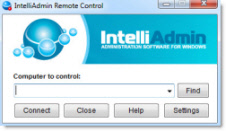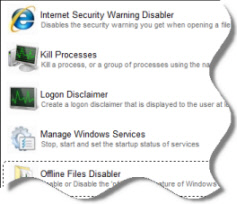Exchange RPC Counters
On Exchange 2007/ Windows 2008 server, we monitor the following:
RPC Requests
Av RPC Latency
RPC Operations/sec
Some great links here:
http://blogs.technet.com/b/exchange/archive/2005/09/28/411674.aspx
http://technet.microsoft.com/en-us/library/cc540464(EXCHG.80).aspx
I had some questions:
1. High RPC Requests - if we start getting high RPC requests values at a certain time, does this mean that there is higher client activity on the server, or that there are more pending requests that haven't been serviced? I'm not sure if this value represents
pending activity? How could we tell if this value is because of higher client activity or there are loads of pending requests building up.
2. High RPC Requests and High RPC Operations/sec - I know that High RPC Requests and static or lowering RPC Ops/sec mean the server can't handle the load, so does High RPC Requests and High RPC Operations/sec mean that the server *can* handle the load?
3. Is MSExchangeIS\RPC Num. of Slow Packets a good value to indicate delay?
4. Is there any way to get the above counters per database rather than just for the server as a whole?
April 12th, 2011 2:53pm
On Tue, 12 Apr 2011 18:46:27 +0000, Smith1974 wrote:
>
>
>On Exchange 2007/ Windows 2008 server, we monitor the following:
>
>RPC Requests Av RPC Latency RPC Operations/sec
>
>Some great links here:
>
>http://blogs.technet.com/b/exchange/archive/2005/09/28/411674.aspx
>
>http://technet.microsoft.com/en-us/library/cc540464(EXCHG.80).aspx
>
>I had some questions:
>
>1. High RPC Requests - if we start getting high RPC requests values at a certain time, does this mean that there is higher client activity on the server, or that there are more pending requests that haven't been serviced? I'm not sure if this value represents
pending activity? How could we tell if this value is because of higher client activity or there are loads of pending requests building up.
It *may* mean your server is having a problem keeping up with peak
loads. But what you didn't say was what the values were and for how
long the numbers are above "normal".
The number here is just an indicvator. The counters you want to watch
are typically (but not always) those associated with the storage
subsystem.
>2. High RPC Requests and High RPC Operations/sec - I know that High RPC Requests and static or lowering RPC Ops/sec mean the server can't handle the load, so does High RPC Requests and High RPC Operations/sec mean that the server *can* handle the load?
If the RPC Requests continue climbing until they reach, say, 100, and
never drop it could also mean you have a "stuck counter". But if both
counters rise and fall it *may* mean the server has trouble keeping
up. But those counters, by themselves, are just indicators. Why the
server can't manage the workload (if that's the problem) is something
you'll have to use other PerfMon counters to discover.
>3. Is MSExchangeIS\RPC Num. of Slow Packets a good value to indicate delay?
>
>4. Is there any way to get the above counters per database rather than just for the server as a whole?
---
Rich Matheisen
MCSE+I, Exchange MVP
--- Rich Matheisen MCSE+I, Exchange MVP
Free Windows Admin Tool Kit Click here and download it now
April 12th, 2011 5:57pm


